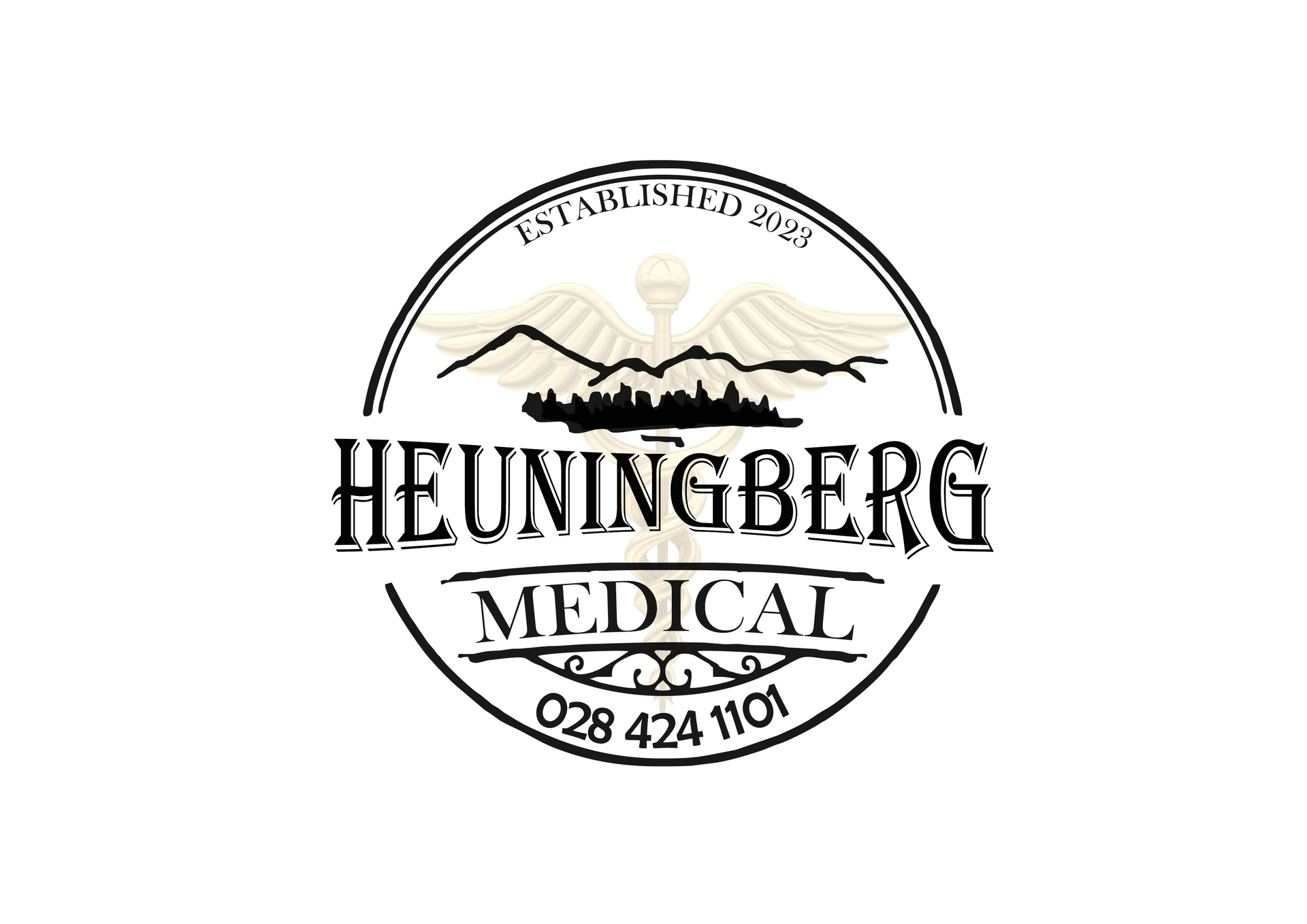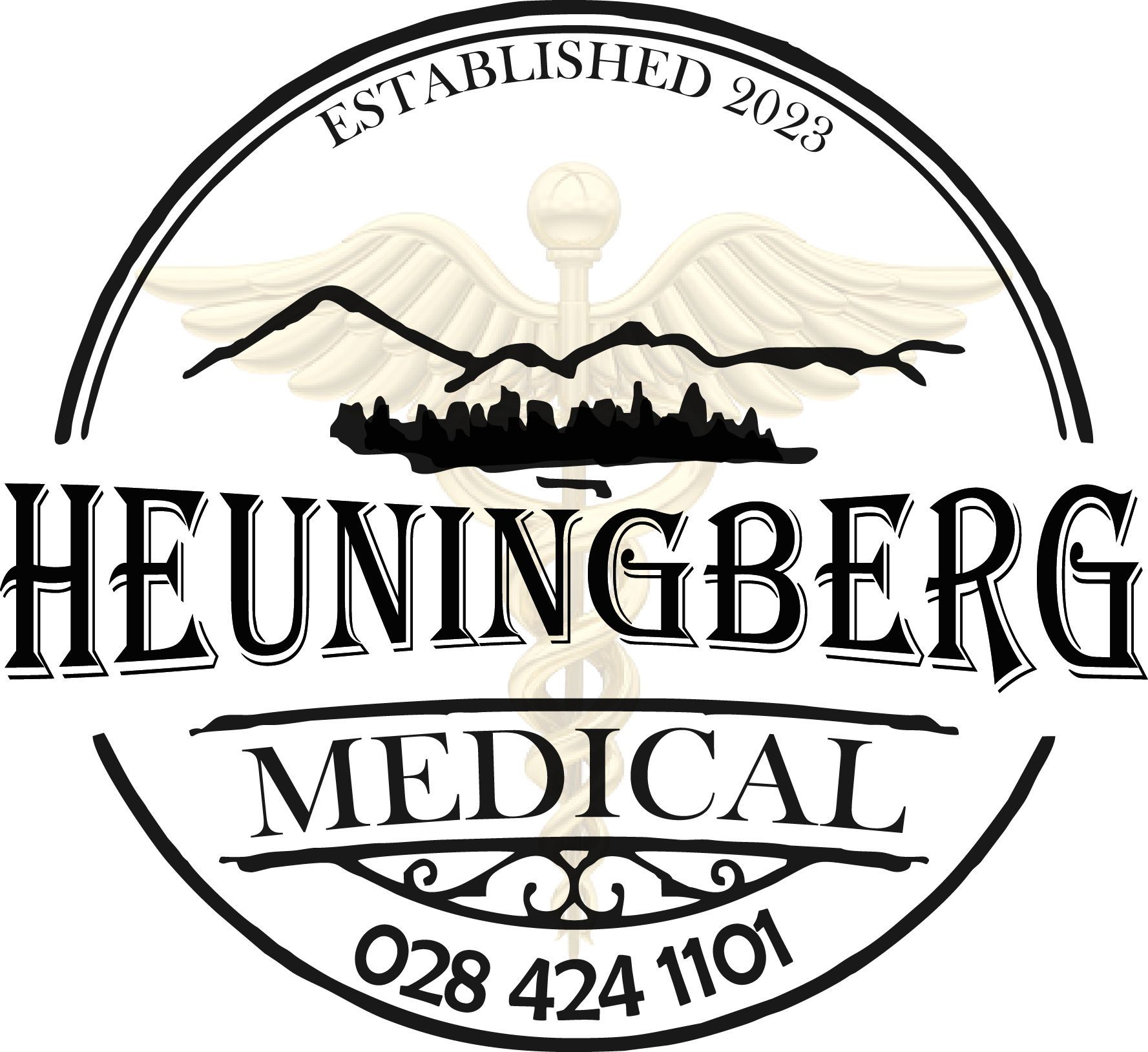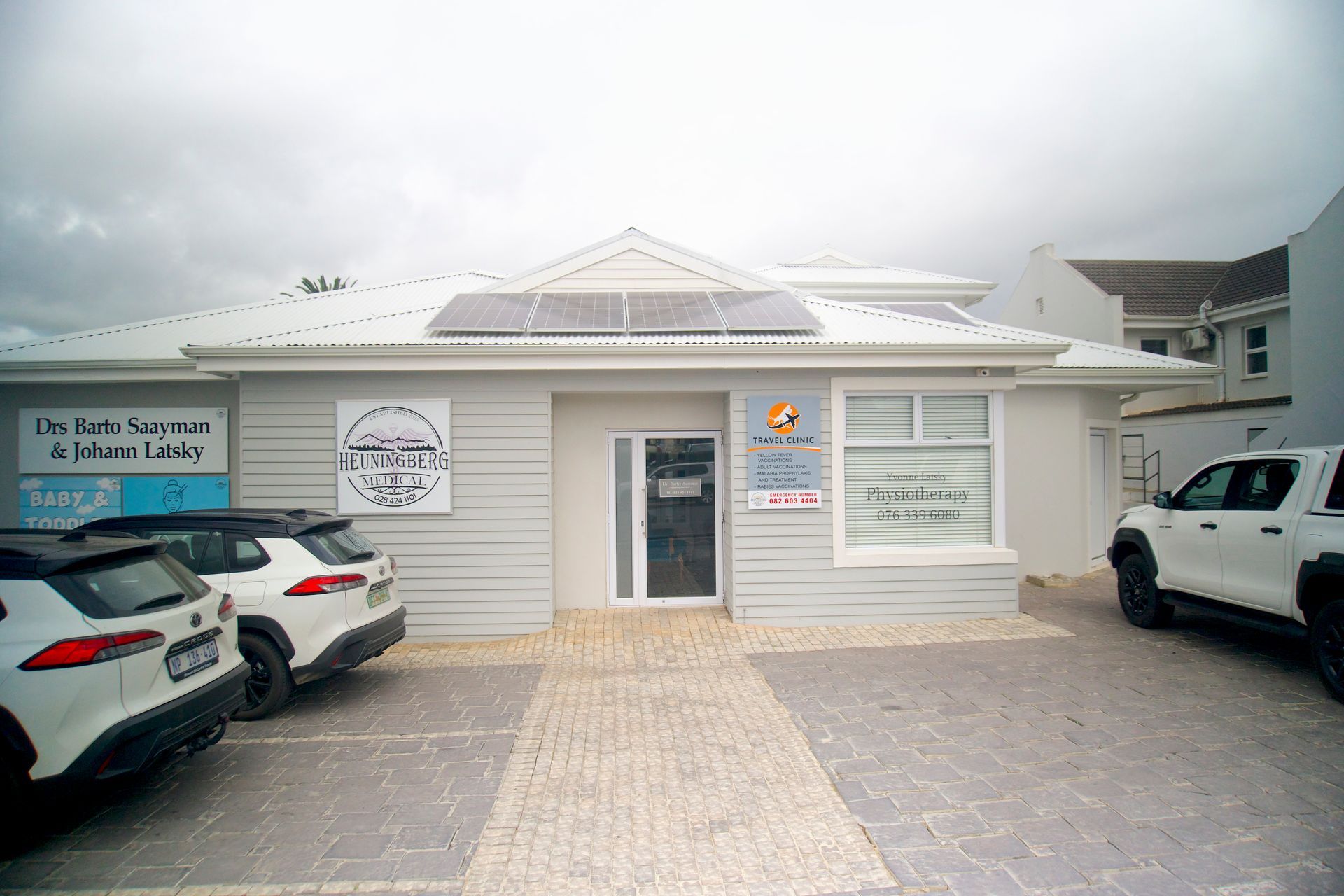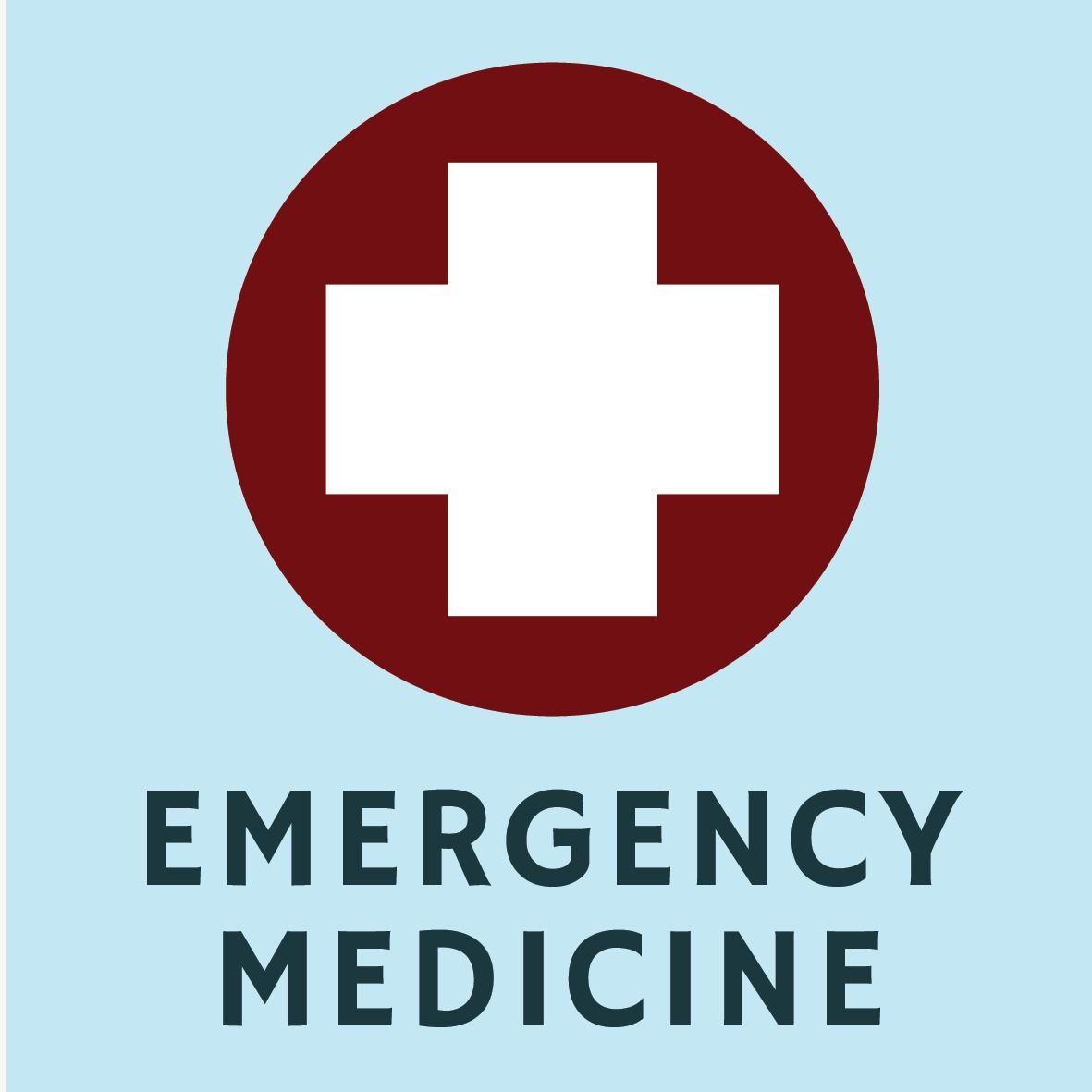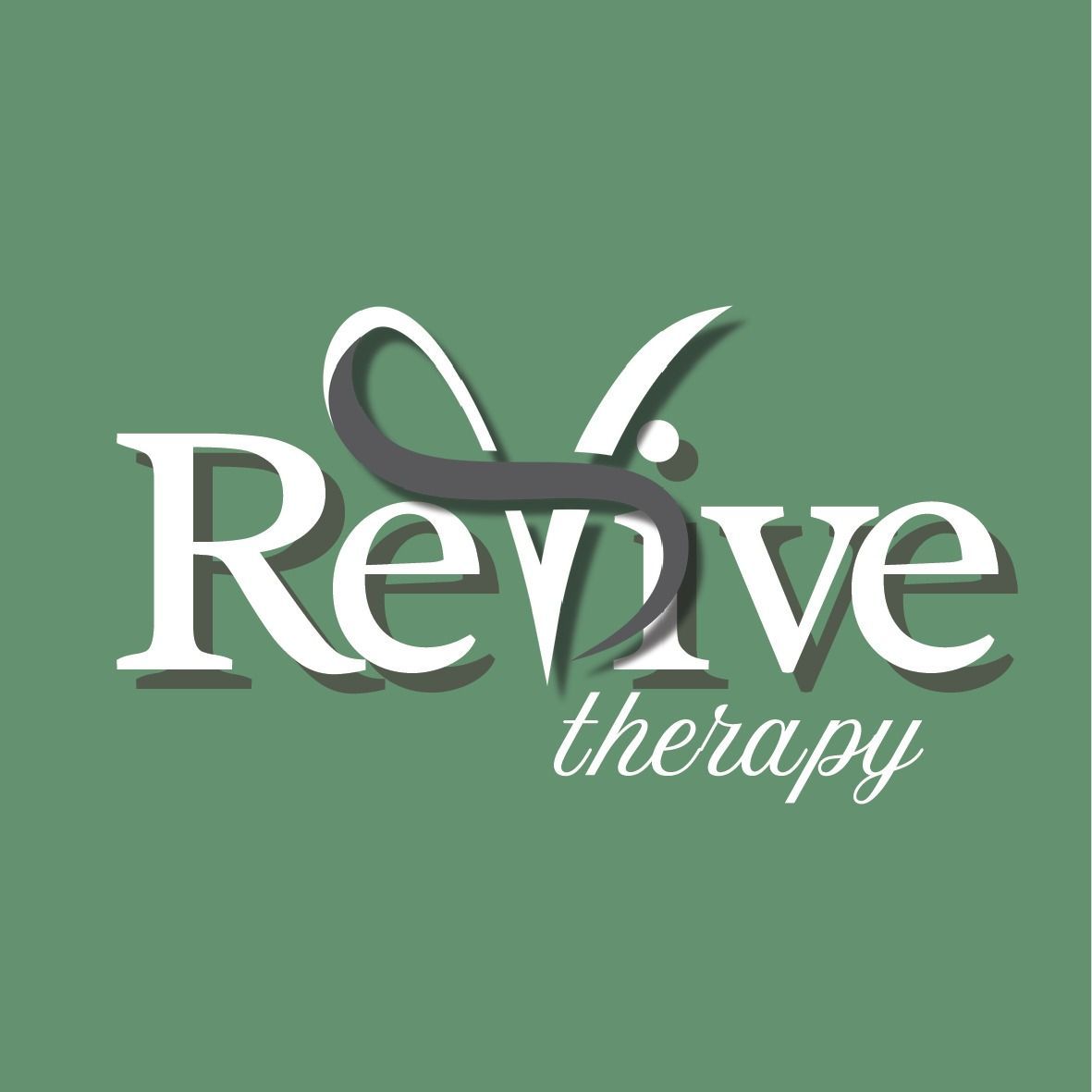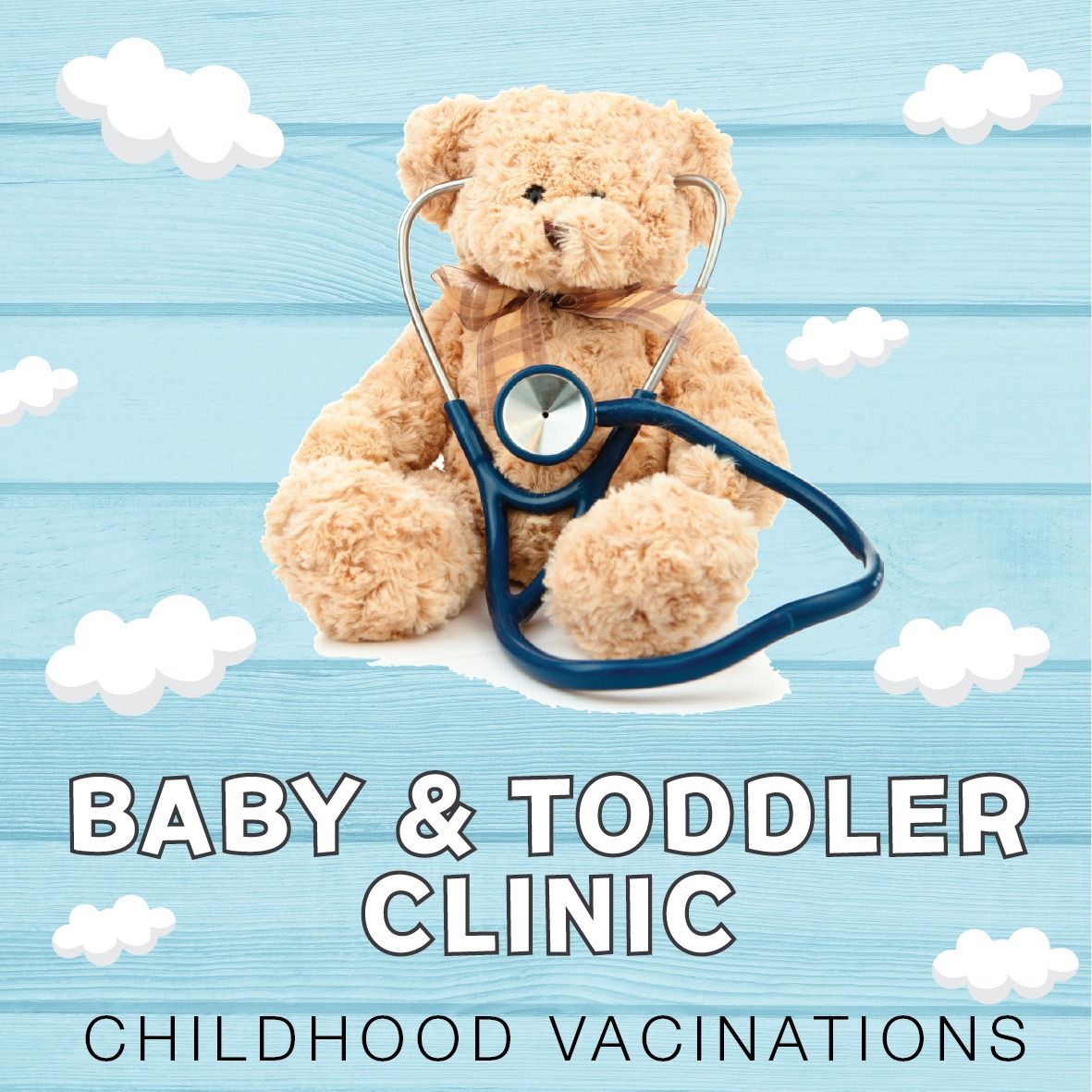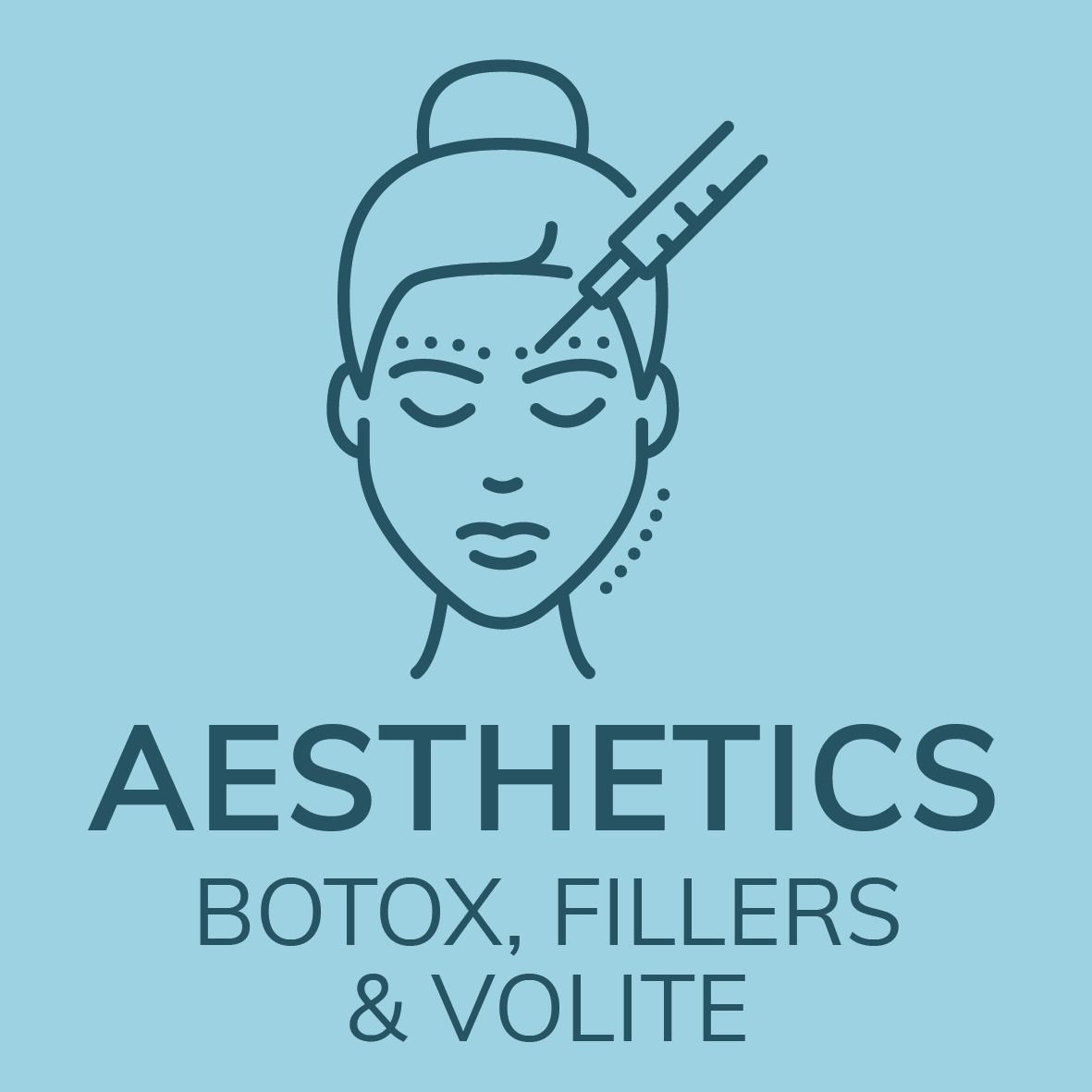Making the Most of Your Medical Aid: Tips for Smarter Healthcare Choices
Medical aid is one of the best tools you can have to support your health and well-being.
But like any tool, it works best when you know how to use it. Many patients don’t realise that their plans often include more than hospital cover — they can also help with everyday care, preventive screenings, and long-term wellness. Here are some simple ways to make the most of your medical aid and ensure you’re getting full value from your contributions.
1. Know Your Benefits
Every medical aid plan is slightly different. Some focus mainly on hospital cover, while others include generous day-to-day benefits. Take a little time to familiarise yourself with:
- Which doctor’s visits are covered.
- What medications are included.
- Whether you have access to dental and eye care.
- Any wellness or screening benefits.
Tip: Most schemes provide a member app or booklet outlining your benefits — it’s worth keeping this handy.
2. Use Preventive Care Benefits
Medical aid isn’t only for when you’re unwell. Many plans cover screenings, vaccines, and check-ups at no extra cost. Preventive care can help detect health concerns early, when they are easier and less costly to treat.
Examples include:
- Annual health checks (blood pressure, cholesterol, diabetes screening).
- Pap smears and mammograms.
- Childhood and adult immunisations.
3. Understand Prescribed Minimum Benefits (PMBs)
By law, all medical aids in South Africa must cover certain essential treatments. These are called Prescribed Minimum Benefits (PMBs) and include emergencies and specific chronic conditions like asthma, diabetes, or high blood pressure. Knowing your PMB rights can give you confidence that critical care will always be supported, no matter what plan you are on.
4. Stay In-Network Where Possible
Many medical aid schemes have networks of preferred hospitals, GPs, and specialists. Using these providers often means your bills are paid directly, with little or no extra cost to you. Choosing out-of-network doctors may result in higher co- payments, so it’s always worth checking first.
5. Keep Track of Your Savings or Day-to-Day Funds
Some medical aid plans include a savings account that covers routine care like GP visits or prescriptions. Monitoring how quickly you use these funds can help you pace your spending through the year and avoid surprises.
6. Ask for Help When You’re Unsure
Medical aid terminology can be confusing — co-payments, authorisations, gap cover —but you don’t have to figure it out alone. Your doctor’s practice and your medical aid’s support team can explain how your benefits apply to specific treatments.
Final Thoughts
Medical aid is more than just a financial safety net. Used wisely, it helps you access high-quality care, stay healthy, and manage costs with confidence. By understanding your benefits, using preventive care, and asking the right questions, you can make sure your plan works for you — not the other way around.
At Heuningberg Medical, our team is here to guide you. If you ever need clarity on what your plan covers, don’t hesitate to ask at reception or during your appointment. We’re committed to making healthcare simple, supportive, and stress-free.
